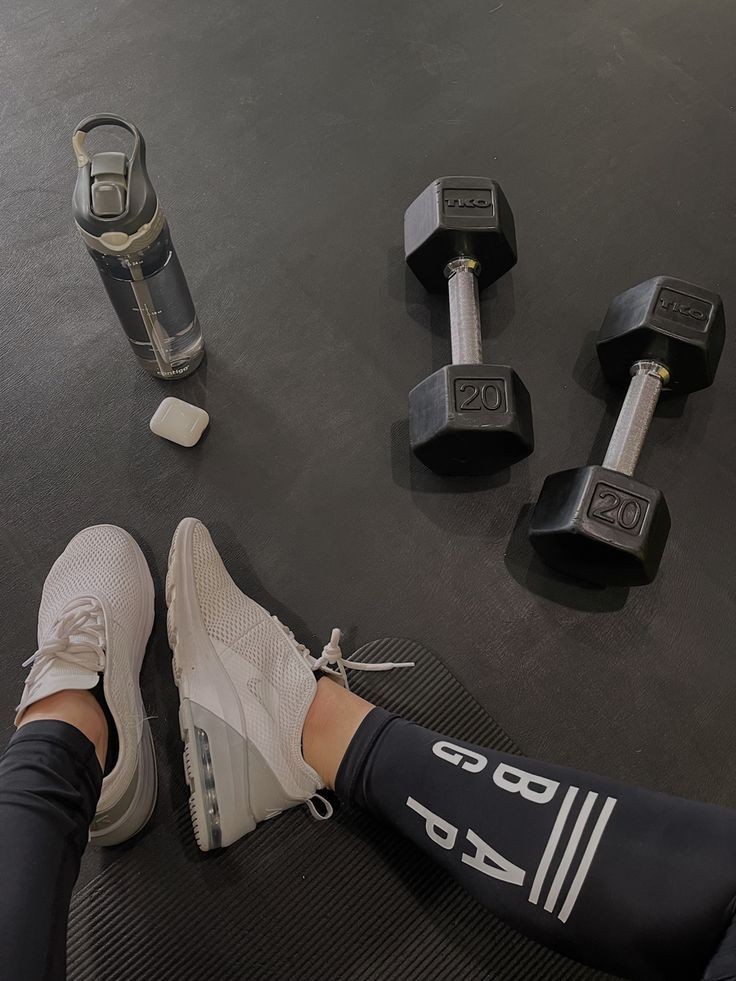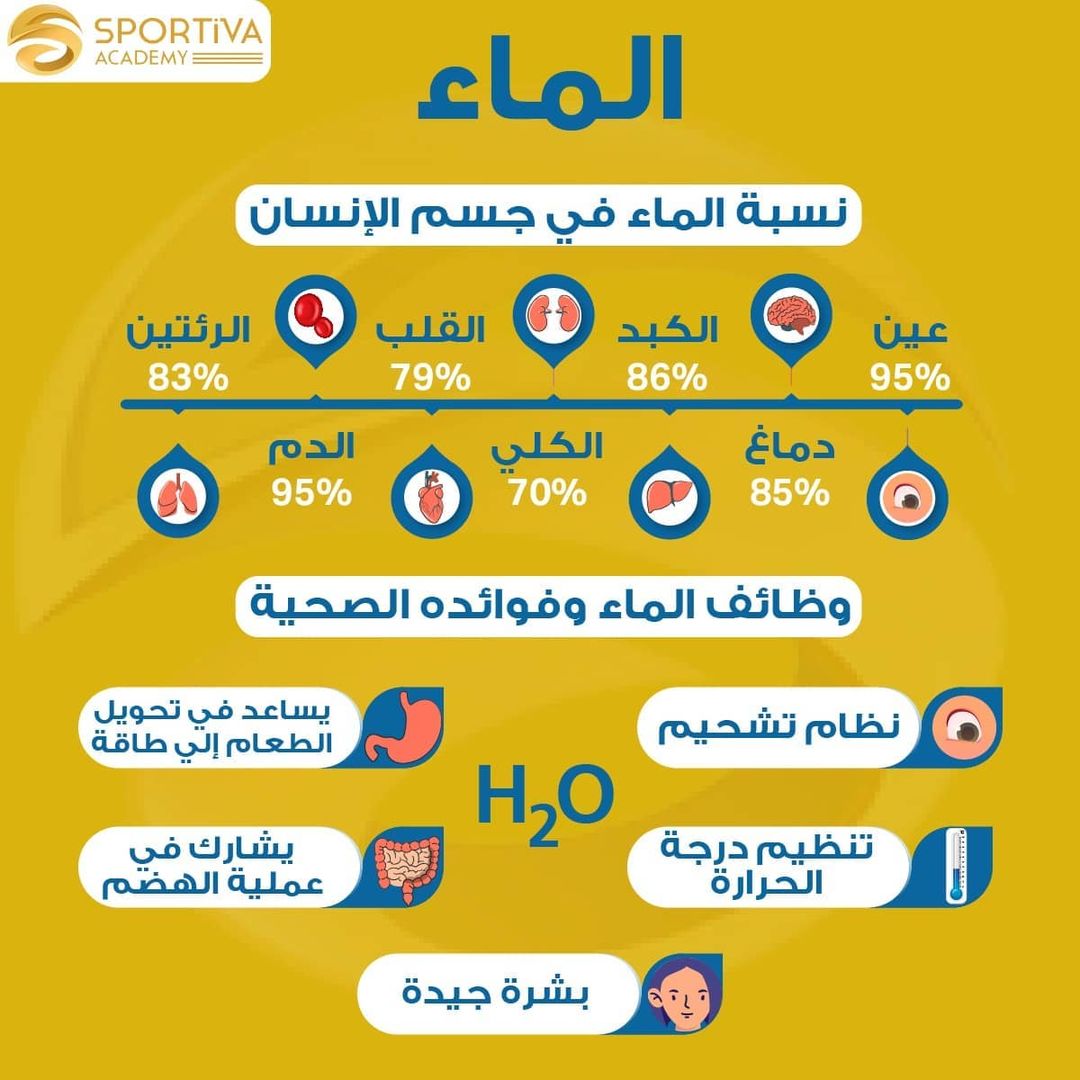
When it comes to looking and feeling great through the seasons of life, the closest thing to a one-size-fits-all solution may be the most obvious: exercise.
When we think of healthcare, we often focus on doctor visits, preventive care, lab tests and immunizations. But there are other factors that are in our personal control, like improving our diets, reducing stress and adding fun to our lives. Exercise is one of these controllable factors, and it’s highly effective at improving health. regular exercise provides a great array of health benefits, including lowering blood pressure, reducing cholesterol and cardiovascular disease, preventing diabetes, improving mood and cognitive function, and reducing mortality. For women, those benefits expand, thanks to their combination of hormones and health risks.
From the first menstrual cycle until menopause, women live with a shifting level of estrogen and progesterone that impacts their fertility patterns as well as also their brain chemistry and moods. When estrogen levels drop, such as before and during a woman’s period or leading up to menopause, women lose a natural source of the “feel good” brain chemical called serotonin. This makes them more susceptible to moodiness, depression and anxiety attacks, such as the symptoms found in severe premenstrual syndrome or post-partum depression. Exercise counters these hormonally-triggered mood swings by releasing endorphins, another mood regulator. Sometimes called the “runner’s high,” endorphins leave you feeling happy and relaxed after a workout. “It’s our body’s way of substituting one natural chemical for one that is waning,” Dr. Horowitz says. “For some women, this may reduce or eliminate the need for serotonin raising medications known as anti-depressants.” Even after menopause, when estrogen levels have permanently diminished, exercise can improve mood.one study of 60 women experiencing postmenopausal anxiety and depression found that the group of participants who exercised showed an 18 to 22%improvement in symptoms, while those who did not exercise showed no improvement.
Women are far more vulnerable than men to develop osteoporosis and related bone fracture and loss of height as they age., 8 million out of 10 million of Americans with osteoporosis are women, and half of women over age 50 who have osteoporosis will break a bone. This is largely because women have thinner bones than men and lose bone strength more rapidly as they age due to the loss of estrogen. Hip fracture, a consequence of osteoporosis, can lead to immobility and premature death. One of the best ways to build strong bones is through exercise, preferably starting in the younger years. During the teen and young adult years is when women build most of the bone mass that can protect them from osteoporosis later in life. Weight-bearing and muscle strengthening exercises promote bone health, no matter what your age. Tennis, hiking, aerobics or jogging build bones and keep them strong. Lifting weights, using exercise bands or simply standing up and rising to your toes, builds strength, balance and flexibility that can prevent falls. Be sure to talk to your doctor, physical therapist or exercise professional to help you determine the best and safest exercises for your age and condition.
Although men and women both tend to gain weight as they age, women have special challenges. Younger women may find that the weight gain of pregnancy can linger long past delivery. Then, as middle-aged women lose estrogen in menopause, the body redistributes fat cells to the belly, which can frustrate weight loss. And because muscle burns more calories than fat, women can struggle with maintaining or losing weight as their muscle mass declines with age. Exercise can counter these factors by helping women maintain and build lean muscle mass that makes them look and feel slimmer. Exercise also burns excess calories that would otherwise accumulate as fat. In one 20 year study of 3,500 men and women conducted by researchers at Northwestern University, all participants gained weight as they aged, but those who exercised gained substantially less weight. Women, especially, benefitted, gaining 13 pounds less, on average, than inactive women.
Comments (0)
Categories
Recent posts
.jpeg)
.jpeg)
أهمية ڤيتامين د
7 Dec 2022
اهمية عنصر الزنك
8 Dec 2022
فوائد العسل
30 Nov 2022